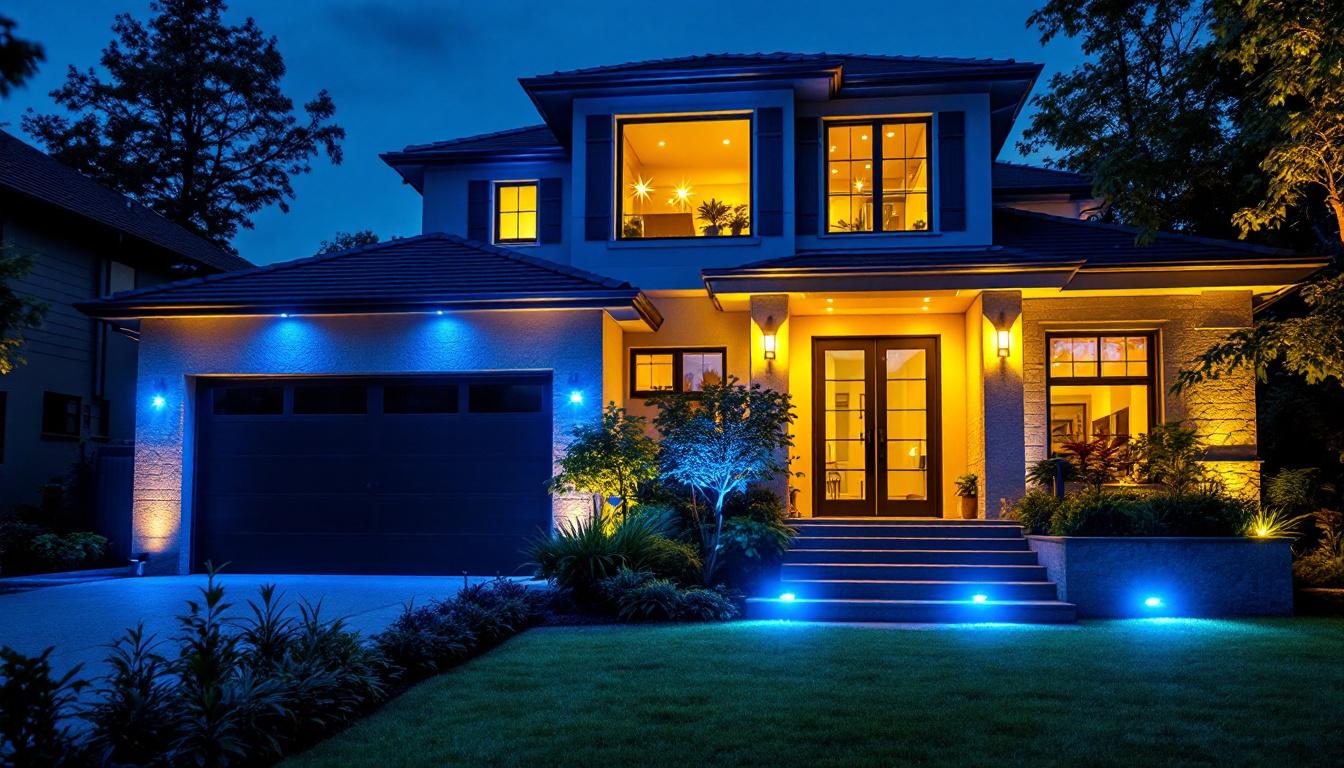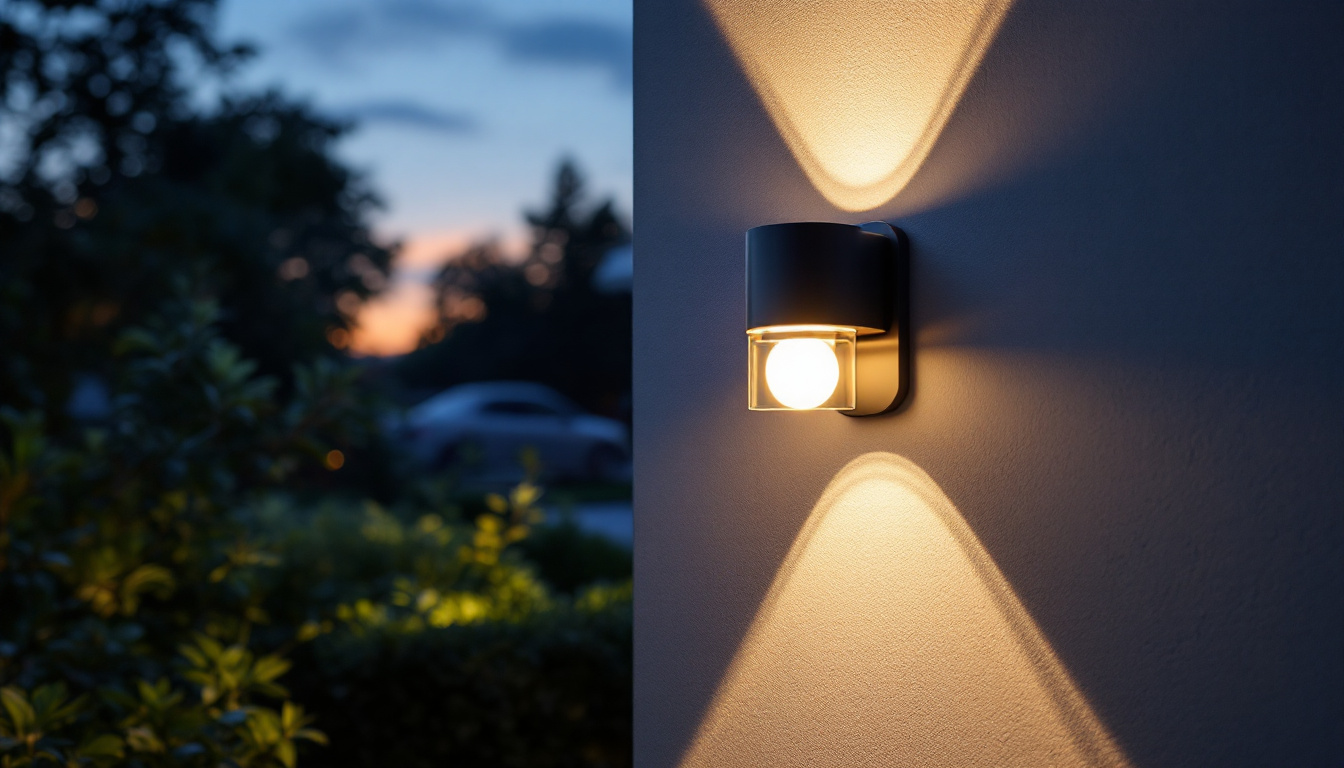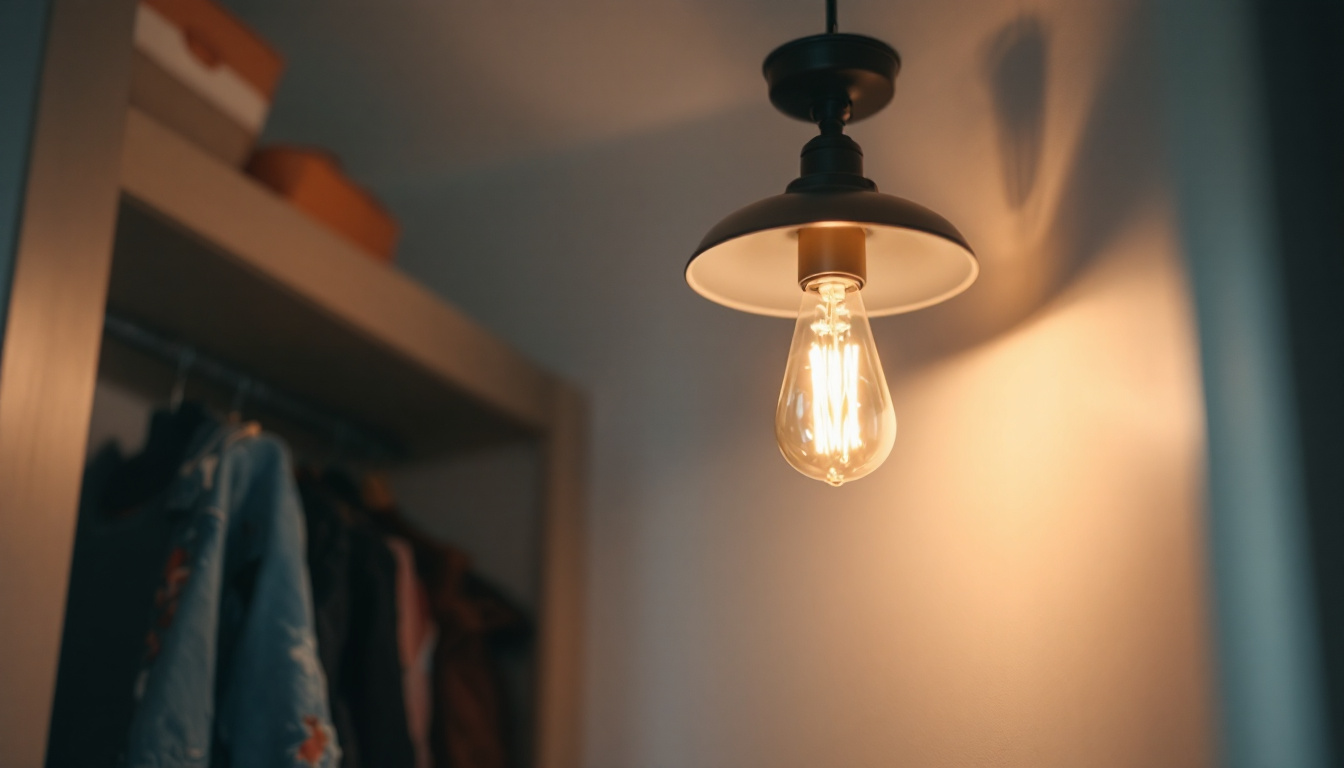
As the demand for innovative lighting solutions continues to rise, understanding the nuances of various lighting options becomes essential for lighting contractors. One such option that has garnered significant attention in recent years is blue lighting. This article serves as a comprehensive guide to house blue lights, exploring their applications, benefits, installation techniques, and considerations for lighting contractors.
Blue lighting refers to the use of light fixtures that emit a blue hue, often characterized by its cool and calming effects. This type of lighting can be utilized in various settings, from residential homes to commercial spaces. The unique properties of blue light can enhance mood, improve focus, and even influence sleep patterns.
Blue light is part of the visible light spectrum, with wavelengths ranging from approximately 380 to 500 nanometers. It is known for its high energy and short wavelengths, which can have both positive and negative effects on human health. While exposure to natural blue light during the day can boost alertness and cognitive function, excessive exposure, especially during the evening, can disrupt circadian rhythms. This disruption can lead to difficulties in falling asleep, as the body may interpret blue light as a signal to remain awake, thereby inhibiting the production of melatonin, the hormone responsible for regulating sleep.
Lighting contractors can leverage blue lighting in various applications. In residential settings, blue lights can be used to create a serene atmosphere in bedrooms or relaxation areas. In commercial environments, they can enhance productivity in offices or create an inviting ambiance in retail spaces. Furthermore, blue lighting is increasingly being integrated into outdoor settings, such as gardens and pathways, to provide a modern aesthetic. The strategic use of blue light in these environments not only enhances visibility but also contributes to a sense of safety and security, making outdoor spaces more accessible and enjoyable during nighttime hours.
Moreover, blue lighting has found its way into various artistic and architectural designs, where it is employed to highlight features of buildings or public art installations. This innovative application can transform ordinary structures into captivating visual experiences, drawing attention and creating a memorable atmosphere. In the realm of health and wellness, blue lighting is also being explored in therapeutic settings, where it is used in light therapy to treat conditions such as Seasonal Affective Disorder (SAD) and other mood disorders. By harnessing the power of blue light, practitioners aim to improve mental health and overall well-being in their clients.
Integrating blue lighting into design projects offers numerous advantages. Understanding these benefits can help lighting contractors make informed decisions when proposing solutions to clients.
One of the primary benefits of blue light is its ability to enhance mood and productivity. Studies have shown that exposure to blue light can increase alertness and concentration, making it an ideal choice for workspaces and study areas. Incorporating blue lighting in these environments can lead to improved performance and overall satisfaction. Furthermore, blue light has been linked to the regulation of circadian rhythms, which means it can help individuals maintain a healthy sleep-wake cycle. By using blue light strategically during the day, it can promote wakefulness and energy, while minimizing exposure in the evening can aid in winding down for a restful night.
Blue LED lights are known for their energy efficiency compared to traditional incandescent bulbs. They consume less electricity and have a longer lifespan, which can significantly reduce energy costs for homeowners and businesses alike. This aspect is particularly appealing to environmentally conscious clients looking to minimize their carbon footprint. Additionally, the lower heat output of LED lights means that they not only save energy but also contribute to a cooler environment, reducing the need for air conditioning in warmer climates. This dual benefit of energy savings and temperature control can be particularly advantageous in commercial settings, where large spaces require optimal climate management.
Beyond their functional benefits, blue lights offer remarkable versatility in design applications. They can be utilized in various settings, from residential homes to commercial spaces, and can be easily integrated into both modern and traditional aesthetics. Designers can experiment with different shades of blue, from soft pastels to vibrant hues, to create specific atmospheres that cater to the intended use of the space. For instance, soft blue lighting can evoke a sense of calm in a spa or wellness center, while brighter, more saturated blues can energize a retail environment, encouraging customers to explore and engage with products. This adaptability makes blue lighting an invaluable tool for creating tailored experiences that resonate with users on multiple levels.
Proper installation is crucial for maximizing the benefits of blue lighting. Lighting contractors must be familiar with various techniques to ensure optimal performance and aesthetic appeal.
When selecting blue light fixtures, contractors should consider the specific needs of the space. Options range from recessed lighting and wall sconces to decorative pendant lights. Each fixture type has its own advantages and can be chosen based on the desired effect and functionality. For instance, recessed lights can create a subtle glow, while pendant lights can serve as focal points in a room.
The placement and spacing of blue lights are critical to achieving the desired ambiance. Lighting contractors should assess the layout of the space and determine the best locations for fixtures to avoid harsh shadows or overly bright spots. A well-planned lighting design can enhance the overall aesthetic and functionality of the area.
While blue lighting offers numerous benefits, there are several considerations that lighting contractors must keep in mind when working with this technology.
Educating clients about the effects of blue light is essential. Many individuals may not be aware of the potential impacts on sleep and overall well-being. Providing information about the appropriate use of blue lighting, especially in residential settings, can help clients make informed decisions and avoid potential pitfalls.
Lighting contractors must also be aware of any regulations or guidelines regarding the use of blue lighting in specific environments. For instance, certain commercial spaces may have restrictions on the color temperature of lighting to ensure a comfortable atmosphere for employees and customers. Staying informed about these regulations is vital for compliance and client satisfaction.
Incorporating blue lighting into design projects requires a thoughtful approach. Lighting contractors should consider the overall design theme and how blue light can complement or enhance existing elements.
When integrating blue lights, it is essential to create a cohesive look that aligns with the overall design concept. This may involve selecting fixtures that match the style of the space, whether it be modern, rustic, or minimalist. Additionally, using blue lighting in conjunction with other colors can create dynamic contrasts and enhance the visual appeal of the environment.
Layering light is a key principle in effective lighting design. By combining blue lights with other types of lighting, such as warm white or ambient lighting, contractors can create a balanced and inviting atmosphere. This approach allows for versatility in mood and functionality, catering to different activities and preferences.
Like any lighting system, blue lights require regular maintenance to ensure optimal performance. Lighting contractors should be prepared to address potential issues that may arise during the lifespan of the fixtures.
Conducting regular inspections of blue lighting fixtures is essential for identifying any signs of wear or malfunction. This includes checking for flickering lights, dimming, or color inconsistencies. Early detection of issues can prevent more significant problems down the line and ensure the longevity of the lighting system.
When it comes to replacing bulbs or fixtures, lighting contractors should be familiar with the specific requirements of blue lighting products. Not all bulbs are created equal, and using the wrong type can result in subpar performance or even damage to the fixtures. Providing clients with clear instructions on maintenance and replacement can enhance their experience and satisfaction.
The landscape of lighting technology is constantly evolving, and blue lighting is no exception. Staying abreast of future trends can provide lighting contractors with a competitive edge in the market.
One of the most significant trends in lighting technology is the integration of smart lighting systems. These systems allow users to control their lighting remotely, adjust color temperatures, and even set schedules for different lighting scenarios. As blue lighting becomes more prevalent, the demand for smart solutions that incorporate blue hues will likely increase.
Human-centric lighting focuses on creating lighting solutions that align with human biological rhythms. This approach takes into account the effects of different light colors on mood and well-being. As awareness of the importance of circadian rhythms grows, lighting contractors may find increased opportunities to design systems that incorporate blue lighting strategically to support clients’ health and productivity.
House blue lights present a unique opportunity for lighting contractors to enhance their design offerings and meet the evolving needs of clients. By understanding the science behind blue lighting, its applications, and the best practices for installation and maintenance, contractors can position themselves as experts in this growing field. As trends continue to shift towards smart and human-centric lighting solutions, staying informed and adaptable will be key to success in the world of blue lighting.
Ready to take your lighting designs to the next level with the innovative applications of house blue lights? At LumenWholesale, we provide lighting contractors like you with the highest quality, spec-grade blue lighting products at unbeatable wholesale prices. Say goodbye to local distributor markups and hello to superior lighting solutions that meet the highest industry standards. With our hassle-free bulk buying and free shipping, you can trust that you’re getting premium lighting at the best value — without any hidden fees. Elevate your lighting projects with the perfect blend of quality, affordability, and convenience. Discover our extensive selection and start transforming spaces today by visiting Wholesale Lighting at the Best Value.

Discover how push button switches can revolutionize the workflow of lighting contractors.

Discover essential insights for lighting contractors in our comprehensive guide on outdoor wall lights.

Discover the essential role of closet light fixtures with pull chains in modern lighting design.

Explore the advantages and disadvantages of using pole light LEDs for lighting contractors.